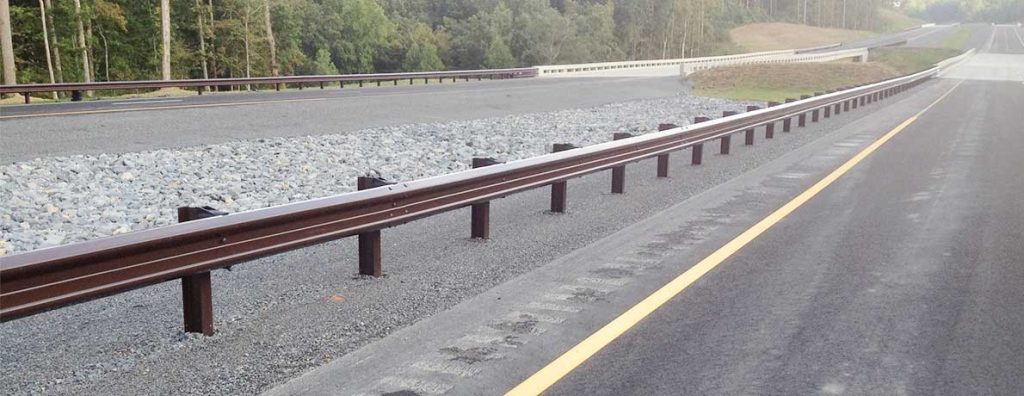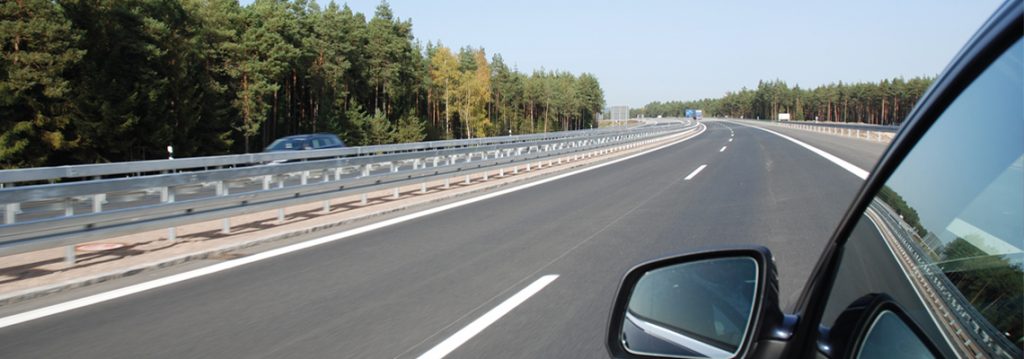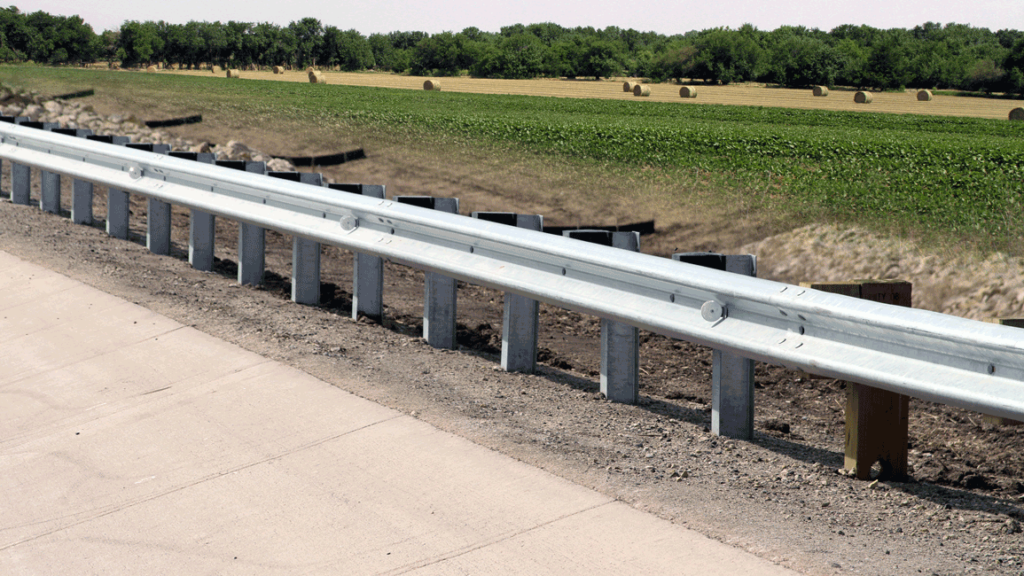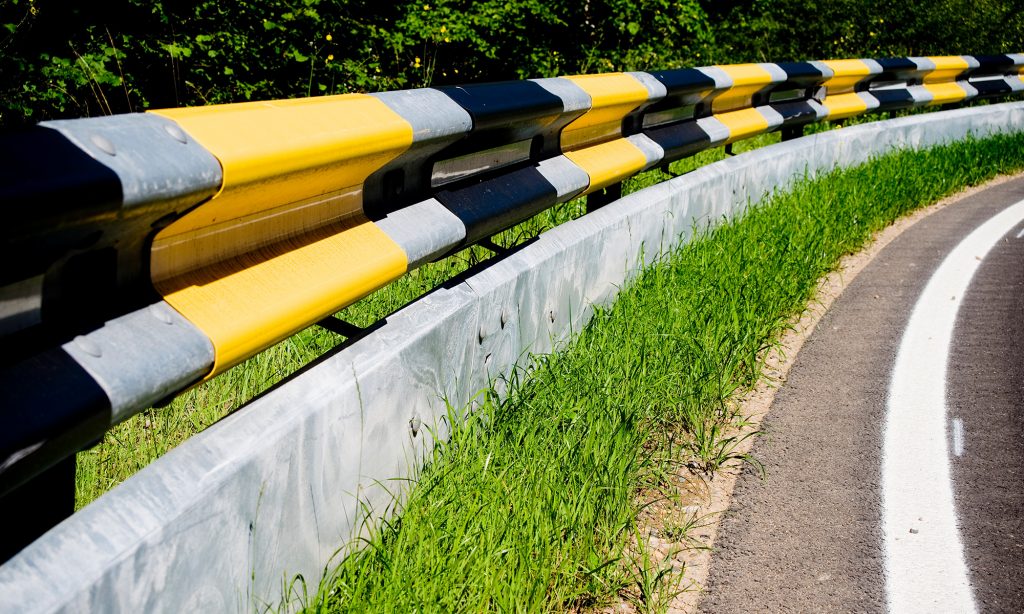For more than years Sydney guard rails have been one of the most common types of guardrails used on our nation’s roadways strong posts Sydney guard rails are versatile systems.
That can be used in many types of situations every state uses some type of Sydney guard rails system in its state standards the typical strong post guardrail consists of a or gauge Sydney guard rails six by nine steel posts or six by eight inch wood posts.
And block out and an appropriate terminal strong post Sydney guard rails have been shown to be effective for small cars midsize cars and large cars unfortunately these systems are not nearly as effective for larger vehicles like the school bus the center of gravity of the bus is much higher.
Than the barrier instead of being redirected by very the bus simply rolls over onto it containing larger vehicles like school buses intercity buses single unit trucks.
And tractor-trailer trucks has become increasingly important on some roadways a need for higher performance guardrails that would safely redirect both typical passenger cars as well as trucks and buses what’s the motivation behind the development of the guardrails.
They are similar to Sydney guard rails but there are several differences the Sydney guard rails has two corrugations the three beam has three Sydney guard rails is twelve and a quarter inches deep but three beam is twenty inches deep.
Because of the extra corrugation the standard three beam barrier called the guardrail in the roadside design guide was developed to improve the performance of the strong post guardrail systems
Normally the top of the Sydney guard rails on a typical strong post system is twenty-seven inches above the ground the top of the Thrive even can be placed thirty-two inches above the ground.

Because it is eight inches deeper the g system extends three inches lower and five inches higher than the normal G for Sydney guard rails the higher mounting height of the three beams was expected to make the system more effective than the Sydney guard rails in collisions with large vehicles.
Here we see some of the results of that testing like Sydney guard rails systems the thriving guardrail performs well impacts with typical passenger cars unfortunately the guardrail performed a little better than the strong post guardrail.
And his school bus collision the bus still rolled over this performance was not at all acceptable the modified three beam was developed specifically to provide better performance in large vehicle impacts while also performing well for passenger vehicles the primary difference between the modified.
And the standard thrive beam systems is the shape of the block out the purpose of guardrail blackouts is to keep the vehicle wheels from contacting the guardrail post the modified thriving block out is much deeper than the typical block out.

And it has a unique notch at the bottom during an impact this notch closes up causing the pry beam to remain nearly vertical as the post rotates in the soil the modified thriving guardrail while performing well.
And large and small car tests provides drastically improved performance with larger vehicles like the school bus as well as this, pound coach bus even after this severe test this bus was still operational these crash tests show the modified thrive beam can contain.
And redirect a much wider range of vehicles than either the standard three beams or Sydney guard rails systems the modified thrive beam will safely contain.
And redirect cars weighing less than, pounds as well as large coach buses weighing more than, pounds using safe crash tested terminals and transitions is as important with the modified thrive beam as in the other guardrail system any standard.







